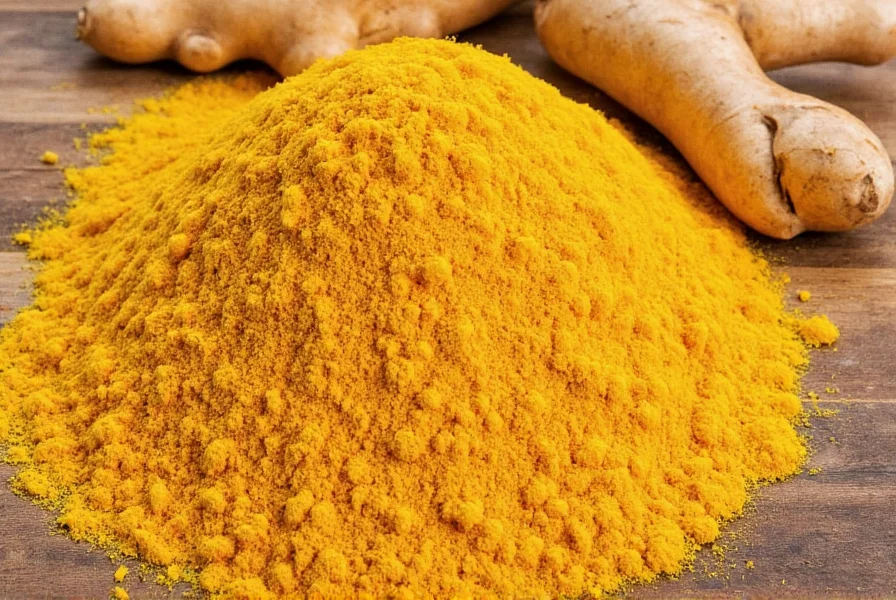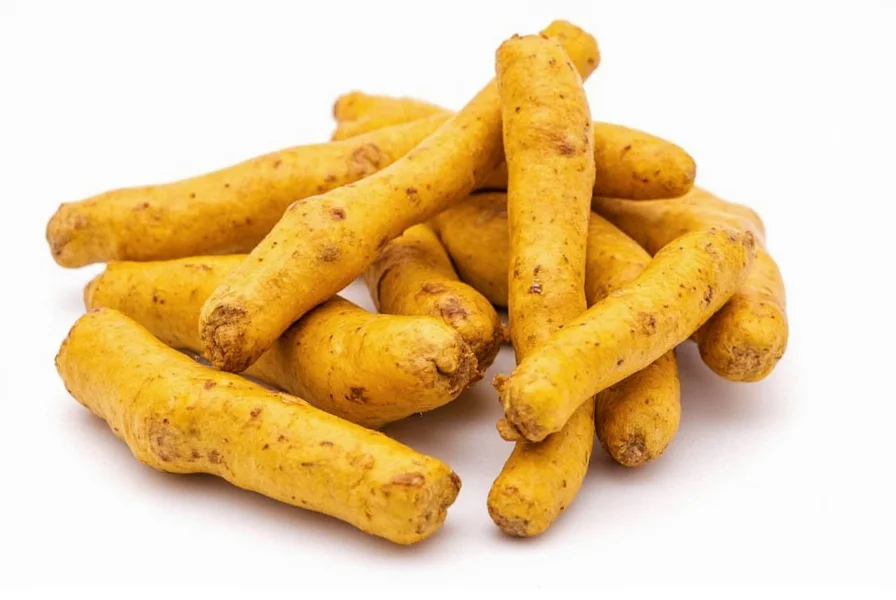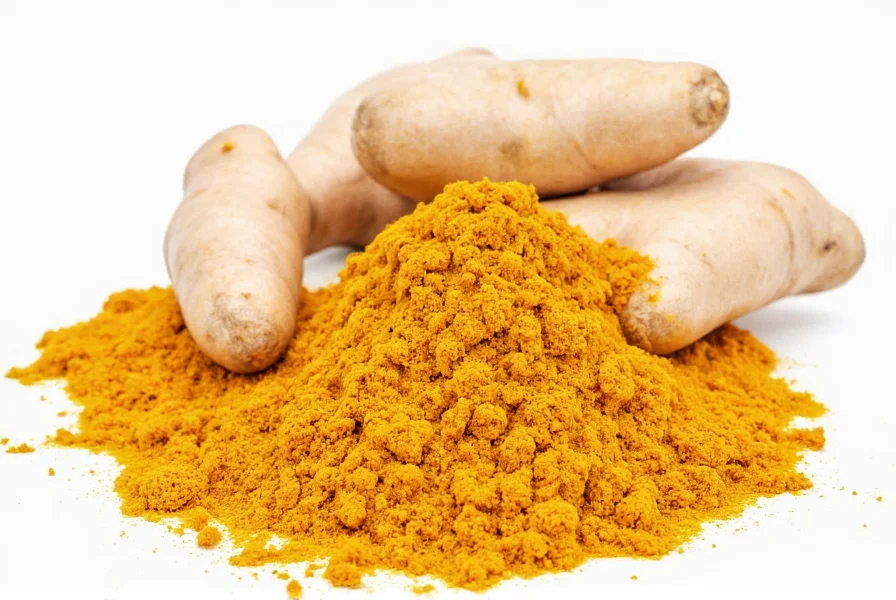Many people confuse turmeric and ginger because of their similar appearance—both have knobby, brownish-yellow rhizomes that yield vibrant orange or yellow powders. However, understanding the difference between turmeric and ginger is essential for proper culinary use and maximizing their respective health benefits. This article clarifies the botanical relationship, compares their properties, and explains when substitution might work.
Botanical Classification: Related but Distinct
Turmeric and ginger belong to the same plant family (Zingiberaceae), making them botanical cousins rather than the same plant. Think of them as siblings in a plant family—they share some characteristics but have distinct identities.
Turmeric (Curcuma longa) grows primarily in South Asia and东南亚 regions, with its underground stem (rhizome) producing the characteristic yellow-orange spice. Ginger (Zingiber officinale), while also native to Southeast Asia, has different growth patterns and chemical properties.

Physical and Chemical Differences
Despite their visual similarities, turmeric and ginger have notable differences:
| Characteristic | Turmeric | Ginger |
|---|---|---|
| Scientific Name | Curcuma longa | Zingiber officinale |
| Primary Active Compound | Curcumin (2-8% of rhizome) | Gingerol (approximately 1% of rhizome) |
| Color | Bright orange-yellow flesh | Pale yellow flesh |
| Taste Profile | Earthy, slightly bitter, peppery | Spicy, pungent, warm, slightly sweet |
| Aroma | Subtle, earthy | Strong, spicy, distinctive |
Culinary Applications: When Substitution Works (and When It Doesn't)
Understanding whether turmeric is the same as ginger matters significantly in cooking. While both appear in curry blends and Asian cuisine, they serve different purposes.
Ginger provides the characteristic spicy warmth in dishes like stir-fries, gingerbread, and chai tea. Turmeric contributes color and earthiness to curry powders, mustards, and rice dishes. Can you substitute turmeric for ginger? Only in specific circumstances:
- Color substitution only: When a recipe needs yellow color but not ginger's distinctive flavor (like in some rice dishes)
- Not recommended: In recipes where ginger's spicy warmth is essential (ginger cookies, ginger tea, or ginger-based sauces)
- Never substitute: In medicinal preparations where specific compounds are required
Health Benefits Comparison
The difference between turmeric and ginger extends to their health properties. Both offer anti-inflammatory benefits, but through different mechanisms:
Turmeric's curcumin has been extensively studied for its potent anti-inflammatory and antioxidant effects. Research suggests potential benefits for joint health, cognitive function, and heart health. However, curcumin has low bioavailability unless consumed with black pepper (piperine).
Ginger's gingerol provides digestive benefits, nausea relief (particularly for morning sickness and motion sickness), and anti-inflammatory properties. Studies show effectiveness for muscle pain relief and menstrual discomfort.

Common Misconceptions Explained
Several misconceptions persist about the turmeric vs ginger relationship:
Misconception: "Turmeric is just yellow ginger." Reality: While both are rhizomes, they're different species with distinct chemical profiles. Turmeric gets its color from curcumin, not from being a "yellow variety" of ginger.
Misconception: "They can always be used interchangeably in recipes." Reality: Substituting turmeric for ginger dramatically changes flavor profiles. Turmeric lacks ginger's signature heat and adds strong yellow coloring that may not be desirable.
Misconception: "Golden milk uses both because they're the same." Reality: Golden milk combines both spices precisely because they offer complementary but different benefits—turmeric for color and curcumin, ginger for digestive properties and additional anti-inflammatory effects.
Practical Guidance for Home Use
When working with these spices, consider these practical tips:
- Store fresh turmeric and ginger in the refrigerator for up to three weeks, or freeze for longer storage
- Wear gloves when handling fresh turmeric—it stains skin and surfaces yellow
- For maximum health benefits, combine turmeric with black pepper and a healthy fat (like coconut oil)
- When substituting dried for fresh, use 1/4 teaspoon dried powder for every 1 inch fresh rhizome
- Never substitute turmeric for ginger in recipes requiring ginger's distinctive spicy heat
Conclusion
While turmeric and ginger share a botanical family and some superficial similarities, they are distinct plants with different properties, flavors, and applications. Understanding the difference between turmeric and ginger helps you make informed choices in both cooking and wellness practices. Neither is superior to the other—they simply serve different purposes in the kitchen and in supporting health.











 浙公网安备
33010002000092号
浙公网安备
33010002000092号 浙B2-20120091-4
浙B2-20120091-4